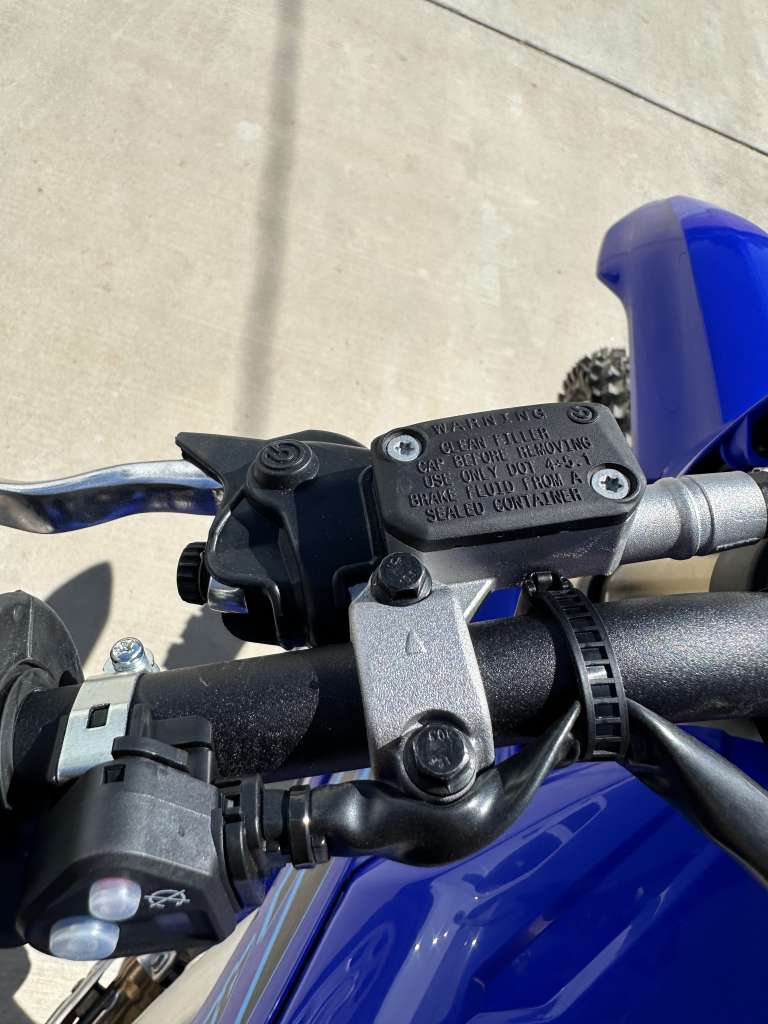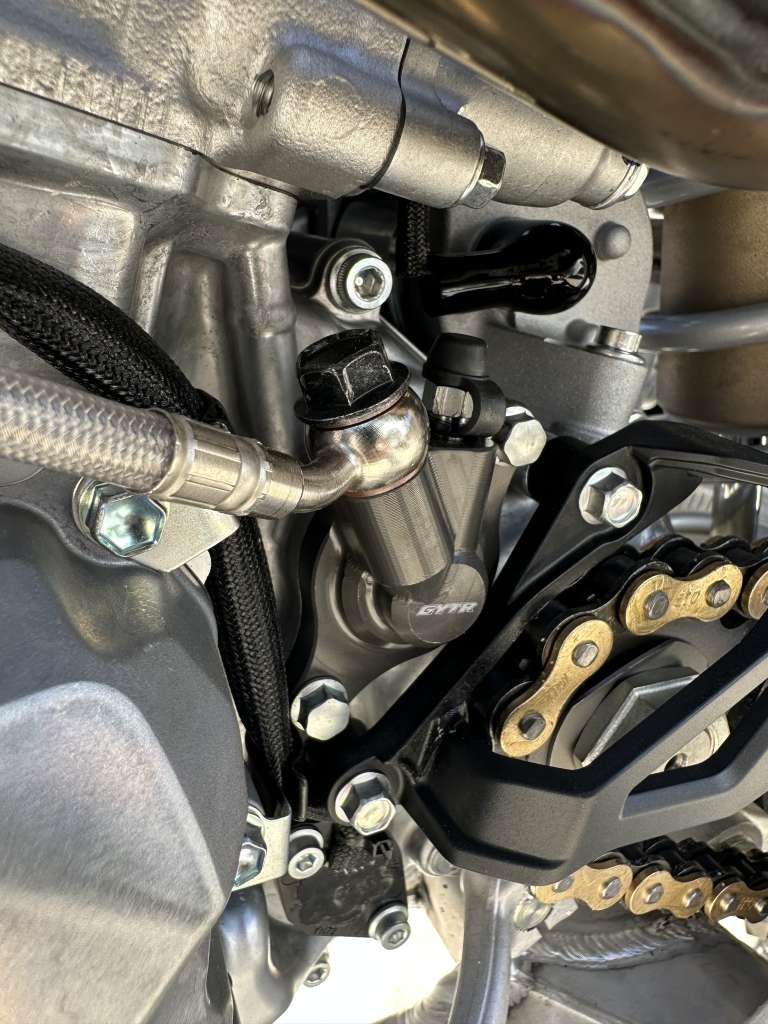Share This Article
The GYTR Hydraulic Clutch Kit is specially tuned to optimize disengagement zone, decrease lever load and minimize maintenance. As most hydraulic clutch setups, it self-adjusts to clutch heat and wear in most conditions to eliminate the need for manual clutch lever adjustment. The Yamaha Parts And Accessories Division have given us 2023/2024YZ450F owners an option in what we choose for our clutch needs. Normally I really love the clutch cable feel, but I still haven’t been quite happy with the clutch life so I thought why not try the hydraulic option to see if it helps clutch life as well as feel on the bike. Installation is pretty self explanatory and straight forward. If you have a proper vacuum bleeder it goes pretty quick but if you are doing it manually, you might be there a bit. It will take a lot of bleeding!

The GYTR/Brembo hydraulic clutch feels similar to the KTM on the bike but to me the lever pressure is much easier on this GYTR unit than the Brembo on the KTM. I will also say that I prefer this GYTR hydraulic lever ratio combo over the stock leverage ratio as the lever engagement is a little different between the two. With the stock cable clutch/lever combo it normally engages close to the bar (upon release) but with the hydraulic clutch installed the engagement is near the end of its throw, which I prefer for starts as well as feel on the track. On newer KTM models the clutch engagement window is pretty narrow but with the GYTR/Brembo unit it feels a little wider to me and not so on/off feeling. I appreciate this when using the clutch in corners and of course when releasing the lever when taking off the gate (for starts). My starts were more consistent and feeding the power to the rear wheel was more consistent over the course of several back to back starts (when going back and forth between cable/hydraulic).

However clutch plate life wasn’t improved as I am still getting around 10-12 hours of clutch plate life with 10/40 non synthetic oil. I will say that I am a “finger on the clutch at all times” type of rider and rarely am I fully fisted on the left hand grip (in other words, my finger is always out on the clutch lever/old school style). I am always covering the clutch lever just in case I start to wheelie out of a corner and that forces me to slip the clutch A LOT, as the YZ450F isn’t known for seamless smooth power like the KTM. The Yamaha has more excitement on low end (compared to KTM/Husqvarna/Gas Gas models) which makes the rear wheel light up quicker than the orange bike. I have made my 2023 Yamaha YZ450F smoother with a Vortex/GET ECU but if you are NOT hard on clutches, you should not have to worry about clutch plates with the hydraulic unit. Even though the lever pressure is lighter feeling than the cable pull it’s not so light where you abuse it without knowing. There is enough pressure at the lever for the rider to feel the engagement point. Sometimes with a hydraulic feel it can be deceiving to feel the engagement (too smooth) but the GYTR system gives the rider the right amount of firmness where the lever engages.
So which one should you go with? Honestly now that I have tried the GYTR hydraulic clutch, I will probably stick with it for a while as I like the feel. If you prefer the hydraulic lever feel then you will love this system. If you have no problem with your cable clutch and DO NOT have to adjust it while you ride a ton, stick with it. For $299.99 it is not that expensive to switch but it’s too bad that Yamaha didn’t incorporate the hydraulic option for the new YZ250F!
